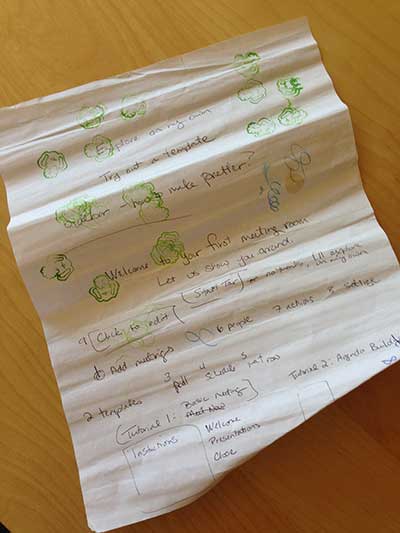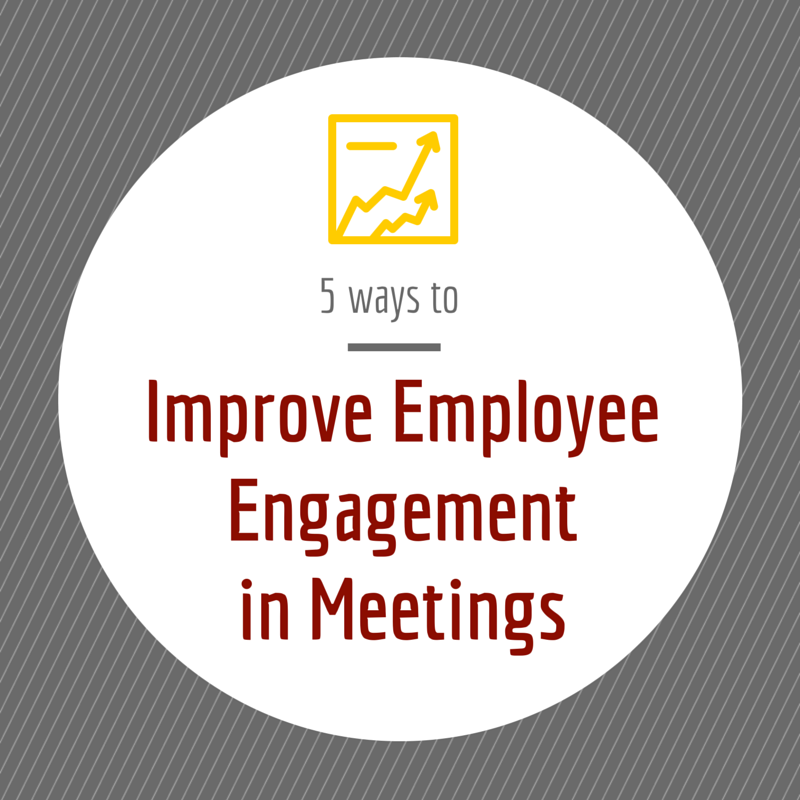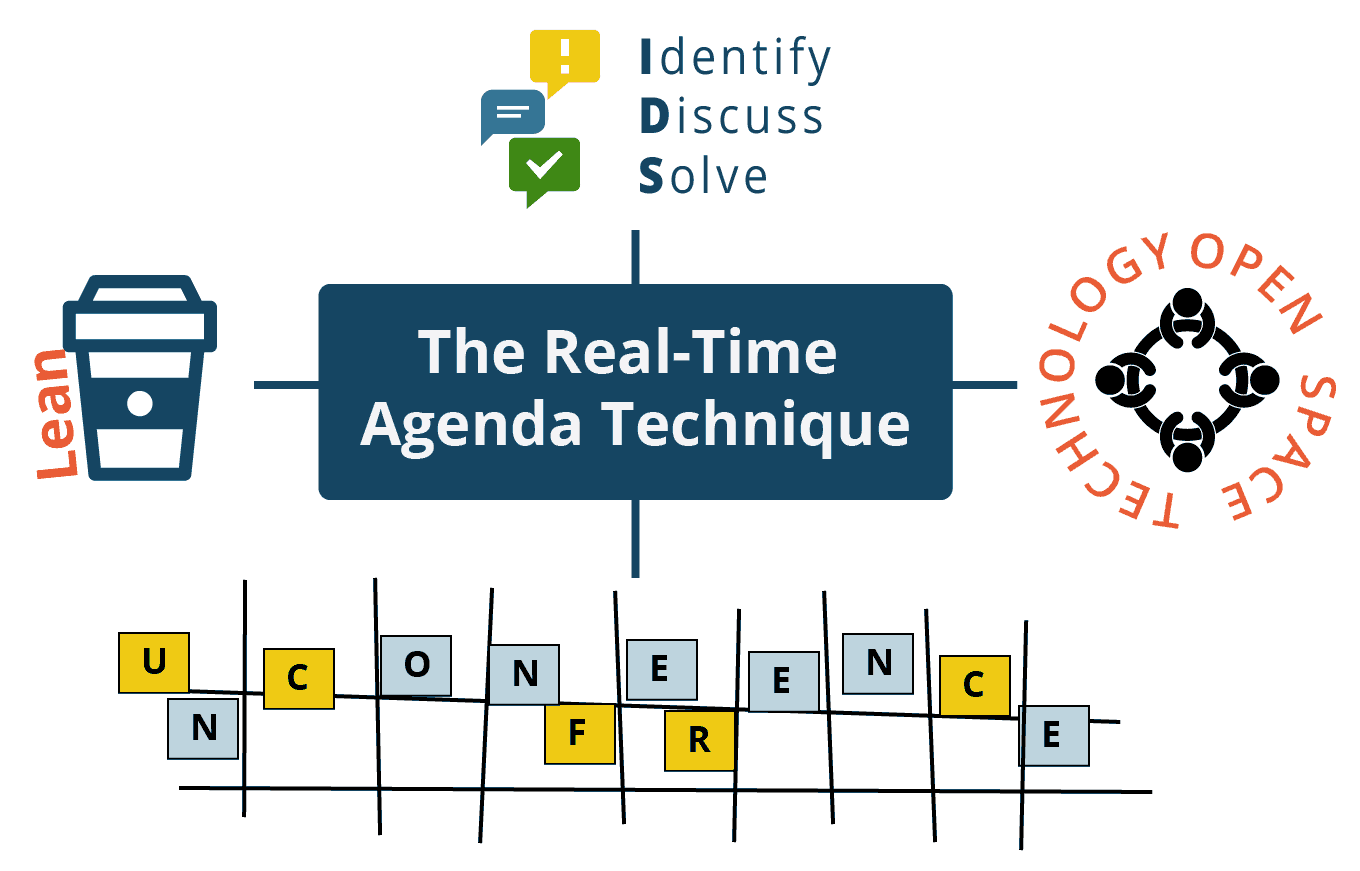A New Kind of Icebreaker: Create Meeting Notes Together

Department Chair of Dental Hygiene
Minnesota State University, Mankato
Angela, one of our newest customers, called in with a problem.
She’d started using Lucid to organize and run her meetings, and had her team log in too. She felt more organized, and was happy with the automated records she got afterwards, but she wasn’t getting the kind of engagement from the rest of the group she’d hoped for.
“Before Lucid, only one person reluctantly took notes, which did not engage the rest of the team. I knew the Lucid notes would be more inclusive and accurate with the whole team participating.
However I also knew the team would not want to participate right away.
I encouraged other people to take notes, but no one did. For those first meetings, it was still me doing all of the typing.”
Angela Monson
It was a problem. While she now had a way to make sure her meetings came with clearly documented results, they weren’t necessarily more enjoyable to attend when everyone else just watched her type.
She needed to get the rest of the group involved.
Recognize the Safety in Sitting Back:
Passive Engagement is a Fierce Habit
Angela’s problem is deeply rooted in how most groups run their meetings.

Groups that meet in-person assign one person to capture notes on the whiteboard or their laptop – if anyone takes notes at all.
Some people may also occasionally jot down personal notes that only they can see.
This creates two strong expectations:
- As a participant, I don’t have to write anything down.
- If I choose to write something down, it will be private to me. I don’t have to share it or worry about what other people think about my note.
In other words, participants don’t have to create anything written in a meeting, which gets them off the hook for getting the ideas down “right”.
We know from all that’s been written about meeting bullies, people who do all the talking, and how hard it can be to get people to even speak up, that participant passivity goes way beyond note taking.
Many people believe they don’t need to even speak during a meeting if they don’t feel like it.
Meetings with participants who sit back while other people do the talking and typing are what make the word “meeting” leave a bad taste in the back of the mouth.
As spectator sports go, watching a couple of colleagues debate minor details about the topic-du-jour falls pretty flat. This kind of meeting is de-energizing, largely unproductive, and increases poor employee engagement.
A meeting in which you’re not expected to record anything is also very, very safe.
- If it is acceptable to keep silent, why risk asking the hard questions?
- If someone else always sends out meeting notes, why worry about them?
- If no one calls on you, or asks you to make a commitment in a meeting, or expects you to be accountable to that commitment in a follow-up meeting, why risk promising anything?
If you don’t put it out there, you can’t mess it up.
When Angela moved to taking visible notes online, she changed the medium for note taking and potentially increased the expectation that notes would be captured, but that didn’t change any of the other expectations.
Participants still didn’t have to write anything down.
An Icebreaker for Active Engagement
A few days later, we got a call back from Angela. She’d found a way to get everyone more involved in her last meeting.
Angela understood that she needed everyone active in creating the meeting outcomes together if she wanted to see real change in how they worked as a team. She needed something easy and safe to get them started.
The team had recently moved to a new office, and as she chatted with the office manager before the meeting, she spotted her chance.
When we got to the agenda item about the move, the office manager asked if everyone could please email her their new contact information so she could order the new business cards. In the past, the office manager would then have to chase this information down, losing time and increasing frustration.
I saw my chance. I said “Hey, how about everyone just type your new contact information into a note right now? That way, we’ll be done with it.”
Then everyone added a note with their new email address and phone number. It took less than a minute to get the office manager this information that would normally take weeks – so she was thrilled.
More importantly, every single person there wrote something down that got included in the meeting record.
Angela Monson
Angela’s simple approach immediately created a number of positive results.
- Everyone learned how to take a note. Software training done!
- Everyone got it right. Success!
No one had to think too hard, worry about their spelling or try to come up with something clever. They created a note with no fear of negative consequences. - They saved time and made the office manager happy.
The results were obvious, nearly instant, and met with immediate gratitude.
Angela succeeded in breaking the ice on active contribution during a meeting by seizing on an existing need. Everyone was supposed to contribute their new contact information already; she just encouraged them to get that task completed in the meeting rather than leave it as a task that would drag out afterwards.
She also succeeded in ensuring everyone had a positive first experience.
She didn’t need to order or cajole anyone into participating, nor did she have to contrive an “exercise” to “elicit engagement”, all of which could have felt forced.
People are naturally more willing to try something themselves after an initial positive experience. Angela’s quick request for contact information broke the note-taking ice, paving the way for future contributions.
Creating Your Own Ice Breakers to
Encourage Active Contribution
“But, we don’t need new business cards! This won’t work for me!” you say.
OK, Captain Literal, let’s step back and see what other opportunities we can find.
Here’s how you can adapt this strategy to any meeting.
1. Set the stage.
Provide Access
Make sure everyone can contribute.
If you’re using Lucid, this means giving everyone note taking access. If you don’t use Lucid – well, for shame! – you can achieve the same thing using group chat, a shared online document, or another meeting productivity platform.
Give Clear Permission
Let everyone know that they can and should feel free to enter a note at any time.
To make this even easier, we recommend you give people permission to make mistakes. Typos can be fixed; getting the idea down is more important than grammar. And if you’ve misheard or misunderstood something, chances are someone else in the room is struggling too. Write it down so you can all see and work together to get it right.
Lead by Example
Make sure you’ve entered a few notes of your own so people can see how that’s done.
Then, be the first to enter your reply after asking the question. Your example will show people exactly what to do, resolving any lingering doubts about how to format the reply.
(By the way, this same advice applies when running business introductions!)
2. Make a simple request.
Look for times when you need simple information from the group, and ask them to type this information into the shared notes.
The request should be something that:
- People know off the top of their heads; there should be no real thinking required to answer this question.
- Can be answered in writing in less than one minute.
- Makes a worthy contribution by saving time or capturing information that will actually be used in the future.
Some examples:
- Updated contact information.
- Time out of the office in the coming week
- Current location and time (for distributed teams)
- Meal requests or dietary restrictions (when planning a group meal)
- Time preference for a future meeting
3. Build on your success.
One positive experience and one happy office manager does not constitute a significant culture shift. But it’s a start.
To land that second foot after this first step and continue your journey:
Continue to make simple requests.
Any time there is an opportunity to quickly get information from the group all at once, do so in the meeting. This will save lots of time chasing email back and forth, and reinforce the group note taking habit.
Start asking for written responses to common questions.
After a meeting or two in which people get a chance to take a simple note, you can start to ask more involved questions.
For example:
- What do you most need to get accomplished in this meeting?
- What are the top issues you’re wrestling with this week?
- Which action items are you taking away today?
Getting written answers to questions like these will begin making a real change in your meetings. The silence that falls as people consider and type their answers sends a powerful signal that a) you actually expect an answer and b) they will have time to consider it.
These examples are the simplest form of silent brainstorming, a very effective engagement technique, that can be applied in nearly any business meeting. You don’t need a fancy workshop or lots of setup to get people involved.
Optional: Rotate note takers.
Once your team has grown used to seeing notes recorded, to adding the occasional note of their own, and come to expect a written record after the meeting, it’s time to spread the love.
There are several ways to approach this.
Some groups literally have a different person take notes at each meeting. So, Sally takes notes today, Johan takes notes next week, etc.
In other groups, note taking gets passed between people based on the topic. If 4 of the 5 people are really involved in a topic, the 5th person takes notes. Then, when the next topic comes up, note taking shifts to whomever is least involved in the discussion.
Either way, the goal is the same. Everyone contributes to the meeting record. Participation is expected, and the results are co-created and jointly owned by all involved.
The Next Level: Design for Participation
Angela’s tip is so brilliant because you can use it in almost any meeting without introducing a new agenda or process. It’s a safe, simple, toe-dipping – which is what so many people desperately need when they’re getting started.
It’s also the kind of tip you won’t see from all the meeting experts, because those who focus on meeting effectiveness will design the entire meeting process with group participation built in. Meeting experts are runners, and don’t always remember what it feels like when your group is working to get comfortable moving at a fast walk.
It’s wildly unrealistic to think that you can change your tools, how your team interacts, and your basic process for running meetings all in one step. Especially if you’re not in charge.
That said, once your group gets comfortable creating and owning written meeting results, it’s time to take it to the next level.
Design your regular meetings to require participation. To get started, check out the designs in our meeting agenda templates. Each one includes one or more opportunities for everyone in the room to get involved.
Start small, grow awesome. Thanks, Angela!



